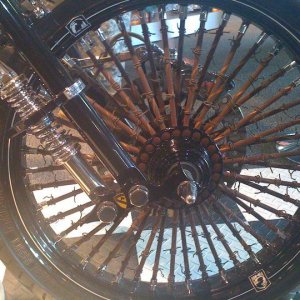patman
Well-Known Member
- Joined
- Dec 30, 2015
- Messages
- 112
My issue is probably something simple...
New to my jeep, but not a new setup. Propane gets through lock-off, and the vaporizer has condensation on it after many attempted starts. When I first turned the propane on at the tank with the key on, I could hear/see/smell some propane come out (of the top maybe?) of the mixer. The first time I ever tried to start it, it fired right up and kept going at a very low speed while it was floored. (This is the 425, but was on a 22re hence idle being way down, and maybe the flow adjusted out of whack?)
Fast forward two weeks... Idle was cranked down when I got it, so I open it up. Couldn't get anywhere, so I go eat dinner and put the battery on the charger. Come back, it sputters over then dies. Now nothing. I did have it running momentarily two weeks ago, and my engine isn't in horrible shape. What's the hold up? Battery on charger again, but it was strong enough to start it on gas....
so far, I:
Bumped timing up a hair
Adjusted idle for more gas
Haven't messed with plugs. They are relatively new with 15-20 miles on them and stock gap


New to my jeep, but not a new setup. Propane gets through lock-off, and the vaporizer has condensation on it after many attempted starts. When I first turned the propane on at the tank with the key on, I could hear/see/smell some propane come out (of the top maybe?) of the mixer. The first time I ever tried to start it, it fired right up and kept going at a very low speed while it was floored. (This is the 425, but was on a 22re hence idle being way down, and maybe the flow adjusted out of whack?)
Fast forward two weeks... Idle was cranked down when I got it, so I open it up. Couldn't get anywhere, so I go eat dinner and put the battery on the charger. Come back, it sputters over then dies. Now nothing. I did have it running momentarily two weeks ago, and my engine isn't in horrible shape. What's the hold up? Battery on charger again, but it was strong enough to start it on gas....
so far, I:
Bumped timing up a hair
Adjusted idle for more gas
Haven't messed with plugs. They are relatively new with 15-20 miles on them and stock gap





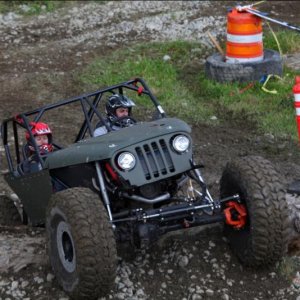
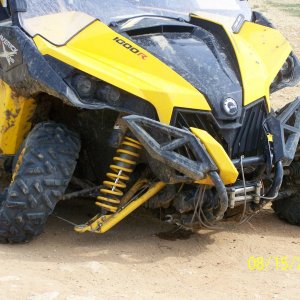
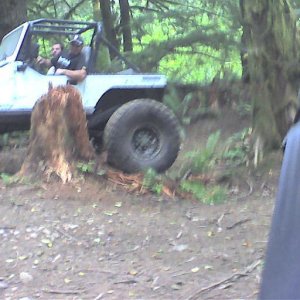
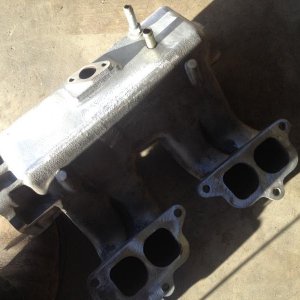

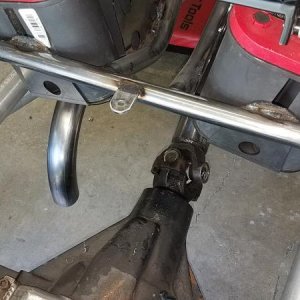

![IMG_7676[1].JPG](http://attachments.www.hardlinecrawlers.com/xfmg/thumbnail/12/12584-f20f9b74949699582bc5fe92f01291f2.jpg?1625929717)
